Introduction
In the fast-evolving world of web applications, choosing the right database management system (DBMS) is crucial. A well-optimized DBMS ensures smooth operations, quick data retrieval, and seamless scalability. In 2025, the market offers a variety of powerful database management systems, each designed to meet different needs, from handling massive amounts of data to providing high security and real-time processing.
This article explores the top 5 database management systems for web applications in 2025, providing insights into their features, pros, cons, and best use cases. Whether you’re developing a startup app or managing enterprise-scale data, these DBMS solutions will help you stay ahead in the digital world.
1. MySQL – The Open-Source Powerhouse
Overview
MySQL remains one of the most popular relational database management systems (RDBMS) in 2025. It is widely used for web applications due to its speed, reliability, and open-source nature.
Key Features
- Open-source with enterprise support options
- ACID compliance for data integrity
- High availability with replication and clustering
- Strong security mechanisms
- Compatible with numerous web technologies
Pros
✅ Easy to use and install
✅ Cost-effective
✅ Large community support
✅ Scalable for small to large applications
Cons
❌ Can struggle with extremely high transaction volumes
❌ Limited support for complex queries compared to NoSQL databases
Best Use Cases
- Small to medium-sized web applications
- E-commerce platforms
- Content management systems (CMS)
2. PostgreSQL – The Advanced Relational Database
Overview
PostgreSQL, often called the “most advanced open-source database,” is a robust RDBMS that offers powerful features for handling complex queries and large datasets.
Key Features
- Full ACID compliance
- Support for JSON and NoSQL-like functionalities
- Advanced indexing and full-text search
- Extensible architecture with custom functions
- Strong security with role-based access control
Pros
✅ Excellent performance for complex queries
✅ Handles both structured and semi-structured data
✅ Strong community and frequent updates
Cons
❌ More resource-intensive than MySQL
❌ Requires expertise to optimize performance
Best Use Cases
- Large-scale web applications
- Financial and analytics applications
- Data warehousing
3. MongoDB – The Leading NoSQL Database
Overview
MongoDB is the most popular NoSQL database, designed for handling unstructured and semi-structured data. Its document-based model is ideal for web applications needing high flexibility and scalability.
Key Features
- Schema-less architecture
- Horizontal scaling with sharding
- High availability with replica sets
- Integrated analytics tools
- Native support for JSON-like documents
Pros
✅ Fast and flexible for dynamic applications
✅ Easily scalable for large datasets
✅ Handles real-time data processing efficiently
Cons
❌ Not suitable for traditional relational workloads
❌ Higher memory consumption
Best Use Cases
- Real-time web applications
- Internet of Things (IoT) platforms
- Content management systems
4. Microsoft SQL Server – The Enterprise-Grade DBMS
Overview
Microsoft SQL Server is a powerful, enterprise-grade RDBMS that provides advanced security, analytics, and AI-powered features for modern web applications.
Key Features
- Built-in AI and machine learning capabilities
- High-performance indexing
- Strong data encryption and security compliance
- Seamless integration with Microsoft Azure
- Excellent support for enterprise applications
Pros
✅ Robust security features
✅ Strong support for business intelligence applications
✅ Optimized performance for complex workloads
Cons
❌ High licensing costs
❌ Requires significant server resources
Best Use Cases
- Enterprise applications
- Financial and healthcare systems
- Business intelligence solutions
5. Firebase Realtime Database – The Cloud-Based DBMS
Overview
Firebase Realtime Database, a NoSQL cloud-hosted solution by Google, provides real-time synchronization of data across multiple clients. It is ideal for web applications requiring real-time updates.
Key Features
- Cloud-hosted and fully managed
- Real-time data syncing
- Offline data persistence
- Integration with Firebase Authentication
- Scalability with Firebase Cloud Functions
Pros
✅ Easy to set up and manage
✅ Ideal for mobile and real-time applications
✅ Built-in security and authentication features
Cons
❌ Limited support for complex queries
❌ Pricing can increase with high data usage
Best Use Cases
- Chat applications
- Collaborative tools
- Real-time analytics
Comparison Table – Choosing the Right DBMS
| Feature | MySQL | PostgreSQL | MongoDB | SQL Server | Firebase |
|---|---|---|---|---|---|
| Type | Relational | Relational | NoSQL | Relational | NoSQL (Cloud) |
| Scalability | Medium | High | Very High | High | Very High |
| Security | Strong | Strong | Moderate | Very Strong | Strong |
| Best Use Case | Small to Medium Apps | Large Web Apps | Real-Time Apps | Enterprise | Cloud & Mobile Apps |
| Complexity | Low | Medium | Low | High | Low |
Conclusion
Choosing the best database management system depends on your web application’s specific needs. If you’re looking for an open-source RDBMS, MySQL and PostgreSQL offer reliable solutions. For applications requiring flexibility and scalability, MongoDB and Firebase stand out. Meanwhile, Microsoft SQL Server is the go-to option for enterprises requiring advanced security and analytics.
For more insights and recommendations on the best tools for web applications, visit Codinov—your go-to source for top-tier development solutions.

